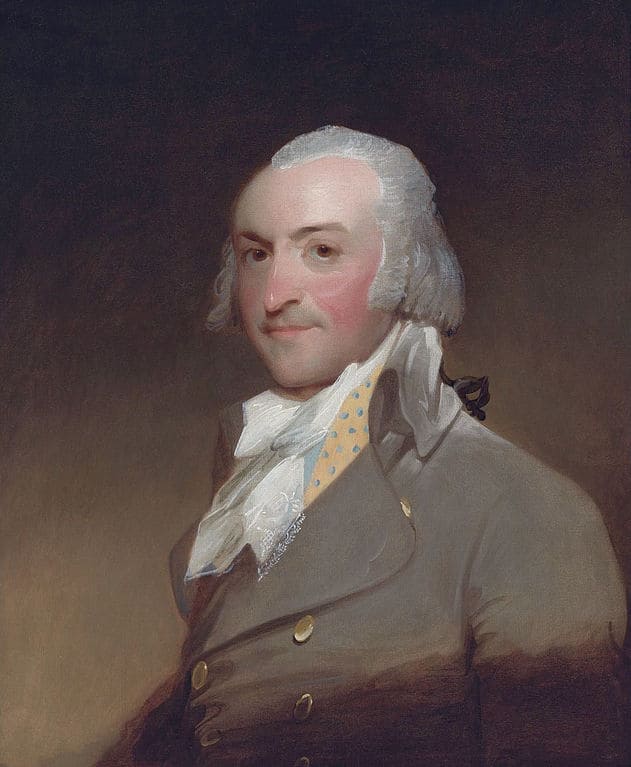
ADVERTISEMENT - CONTINUE READING BELOW
John Jacob Astor
John Jacob Astor arrived in the United States by way of England after learning the basics of building musical instruments in his native Germany. While aboard ship he met an American fur trader who described the money which could be made purchasing furs from American Indians and selling them to customers in Europe. Astor arrived in New York at the age of 20, intent on entering the fur trade, but needing money to purchase the trade goods with which to barter with the Indians. He worked for a time as a meat cutter at a butcher shop owned by his brother in New York, until raising enough money to begin his venture.
In the late 1780s Astor began trading in the fur business by purchasing hides from the Indians and processing them for use himself, before selling them to London fur merchants. By the end of the decade his profits were enough that he opened his own fur shop in New York. In 1794 Astor began to import furs from the North West Company in Montreal and export them to England, as the Napoleonic Wars on the continent disrupted trade there. Trade was further disrupted by the United States’ embargo of British goods in 1807 and by the war of 1812, but Astor’s fortune continued to grow through his own shop, and through his embarking in the opium trade with China.
Astor founded the Pacific Fur Company in 1811, and funded the expedition which reached Fort Astoria on the Columbia River where his fur outpost rivaled Canada’s Hudson Bay Company in shipments. After the war of 1812 ended his fur business grew enormously, as general peace settled upon Europe and the Americas and trade expanded. Astor reorganized his companies and built the Robert Stuart House on Mackinac Island as headquarters of the American Fur Company. He also built a townhouse in Manhattan to house his growing family. Astor began to invest some of his fur profits in Manhattan real estate as New York City expanded to the north.
ADVERTISEMENT - CONTINUE READING BELOW
In the 1820s and 1830s the profits from the fur companies were enormous as the business boomed. Astor recognized the trends in fashion which would reduce the demands for furs, as well as the pressure on the supply moving the sources of furs further away from the trading outposts. He sold his interests in the fur business and began to purchase tracts of land on Manhattan which he in turn leased to others for them to build upon. He became active in the culture of New York City, donated $400,000 to establish the Astor Library, which became the New York Public Library, and supported the arts, befitting a man who started his career as a manufacturer of musical instruments.
Astor’s estate after his death, by far the bulk of which came from his fur businesses, was in the amount of about $20 million dollars. Today’s equivalent would be about $115 billion dollars. The bulk of his wealth went to his heirs, beginning with his son William. John Jacob Astor was the patriarch of the Astor family, which would be socially and professionally prominent in the United States, England, and the European continent for over the next 150 years. Astor used the bounty of the American west to create his first fortune, and the growth of New York City to increase it for two centuries.

